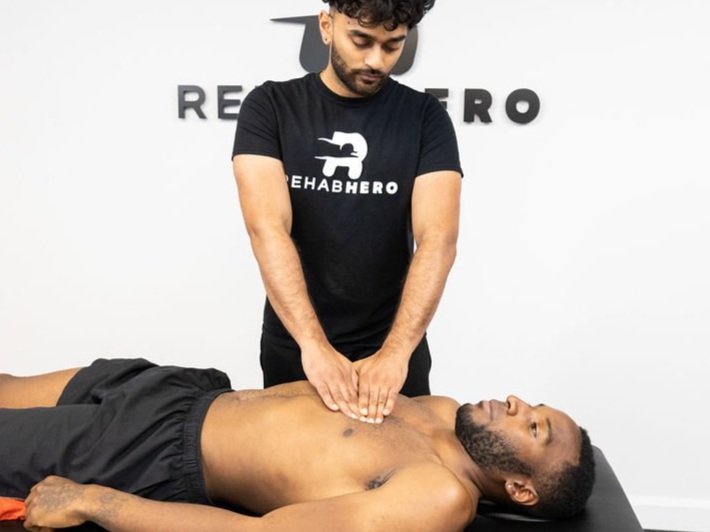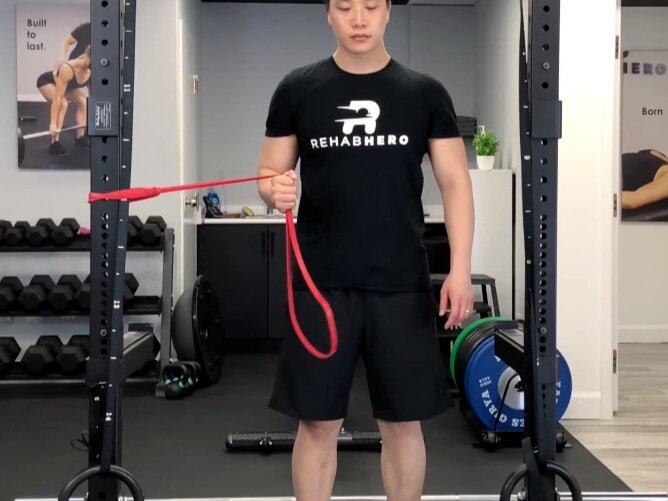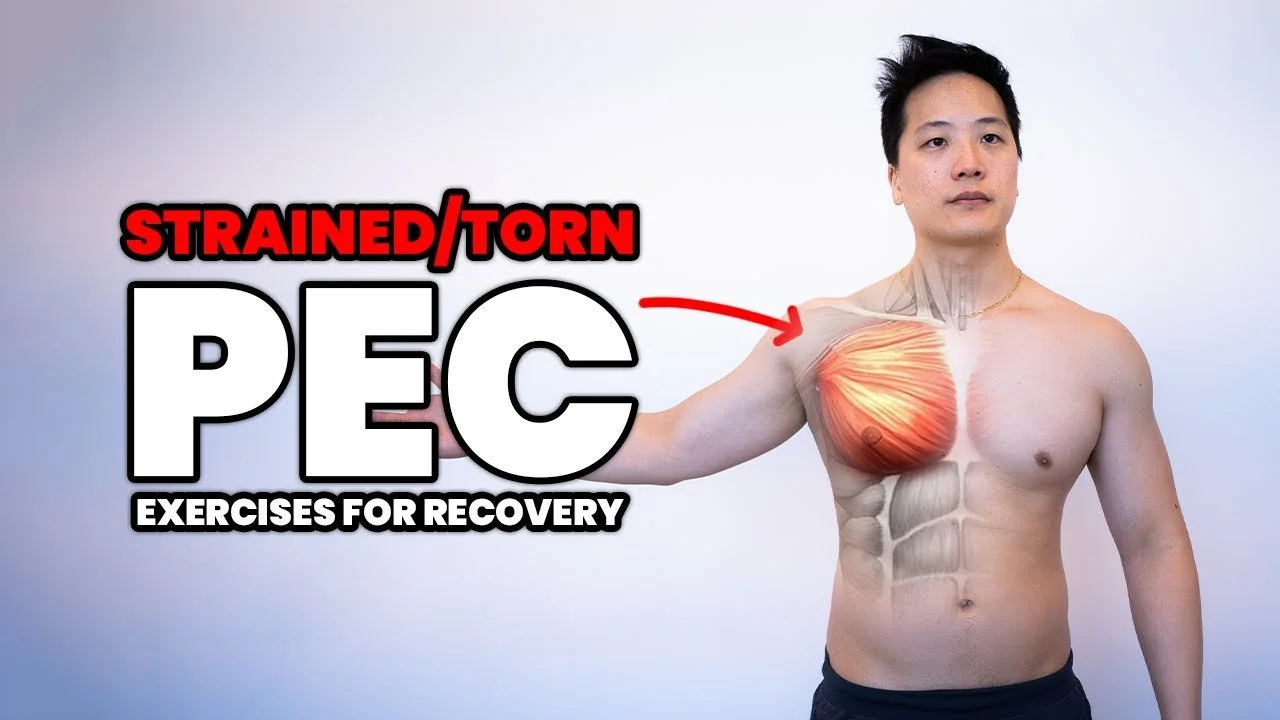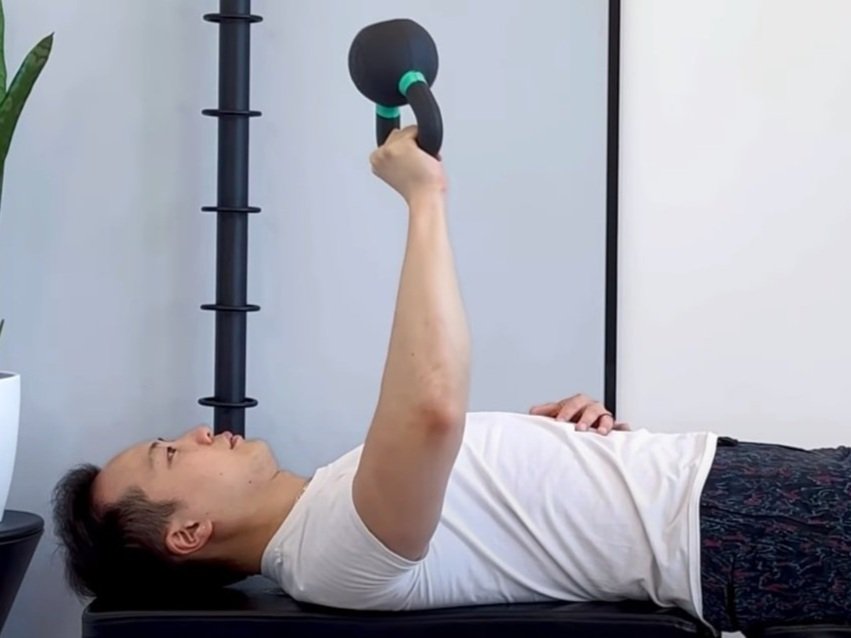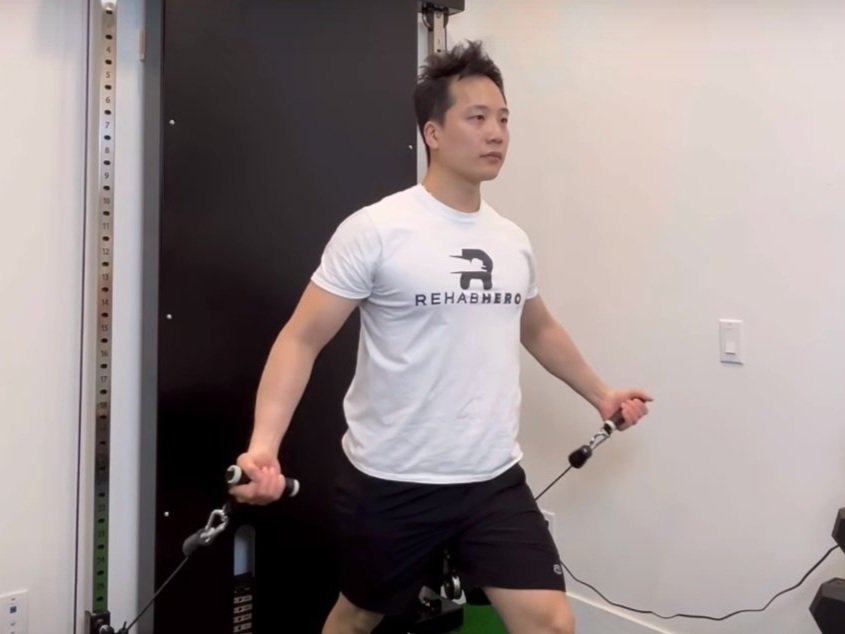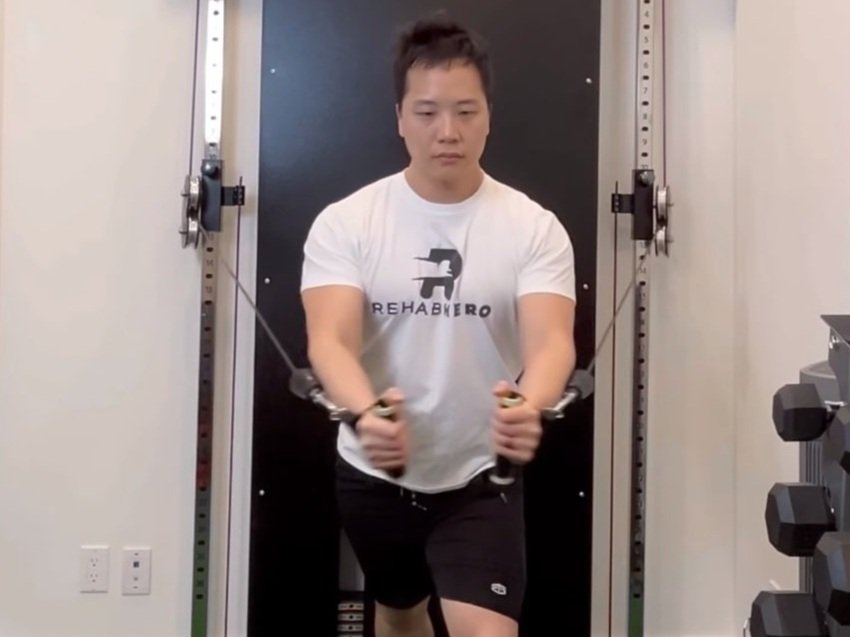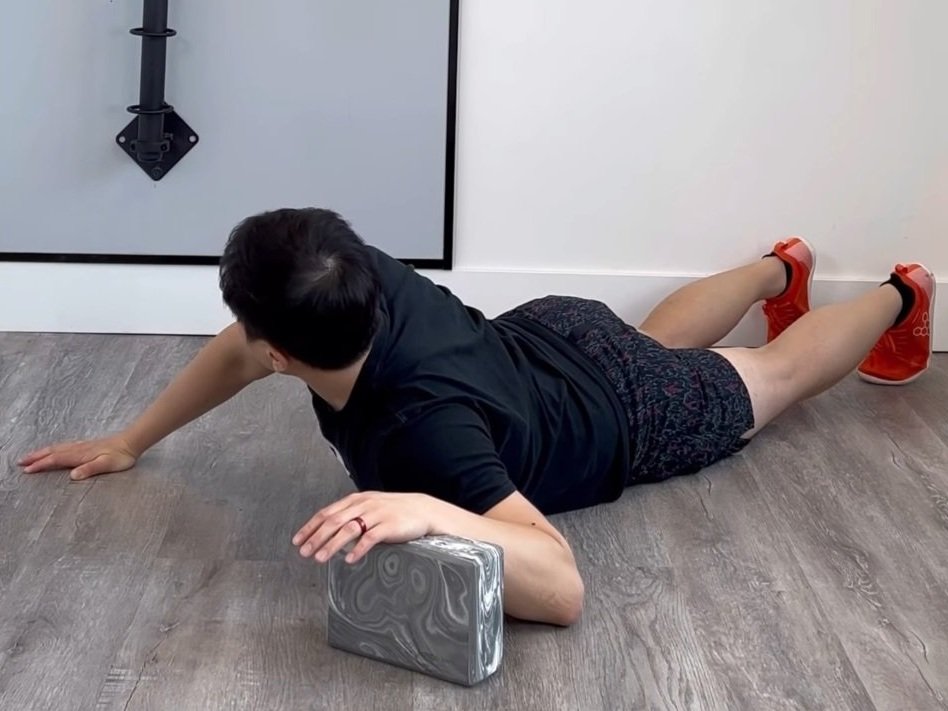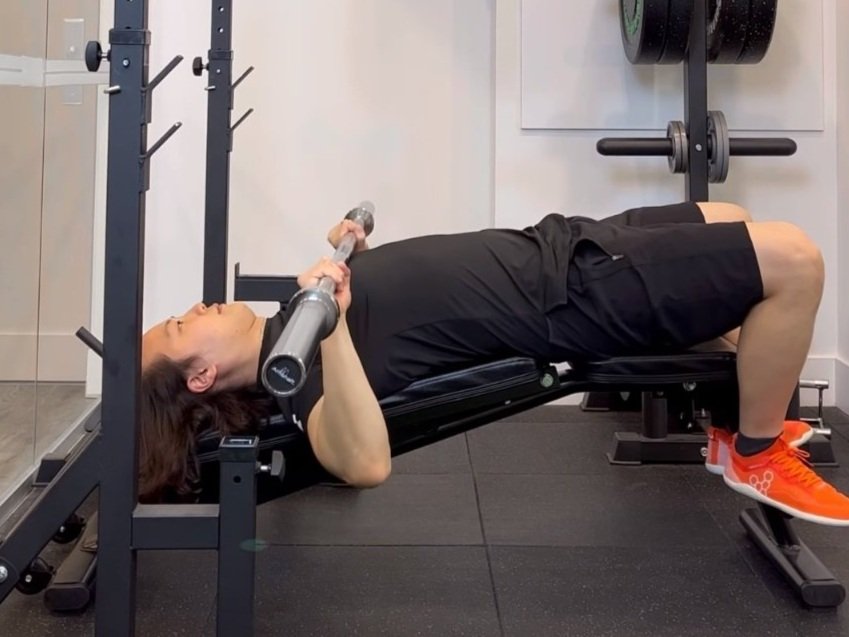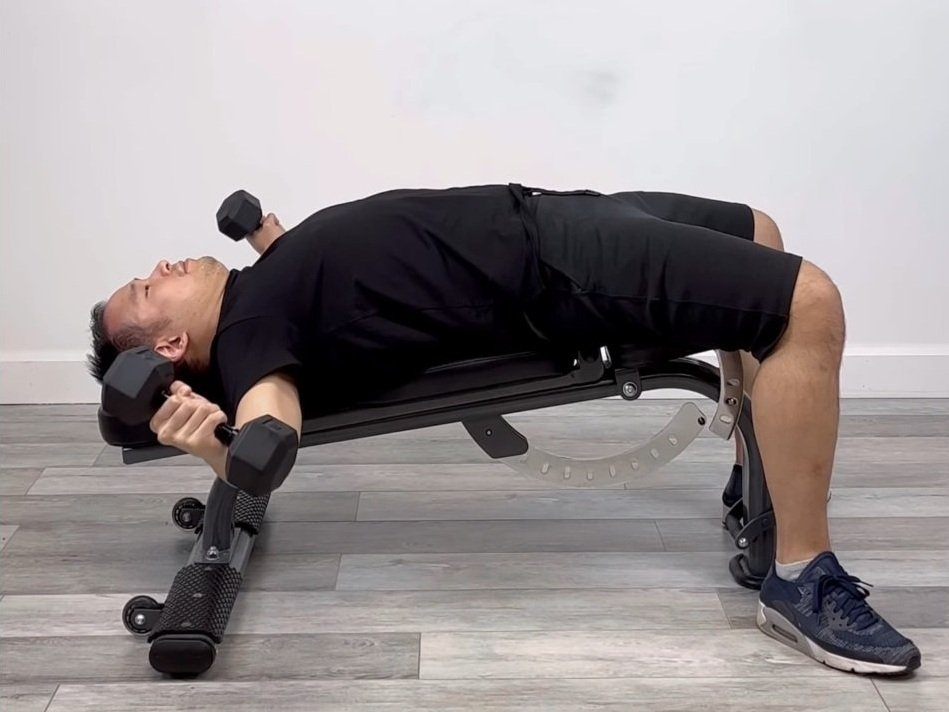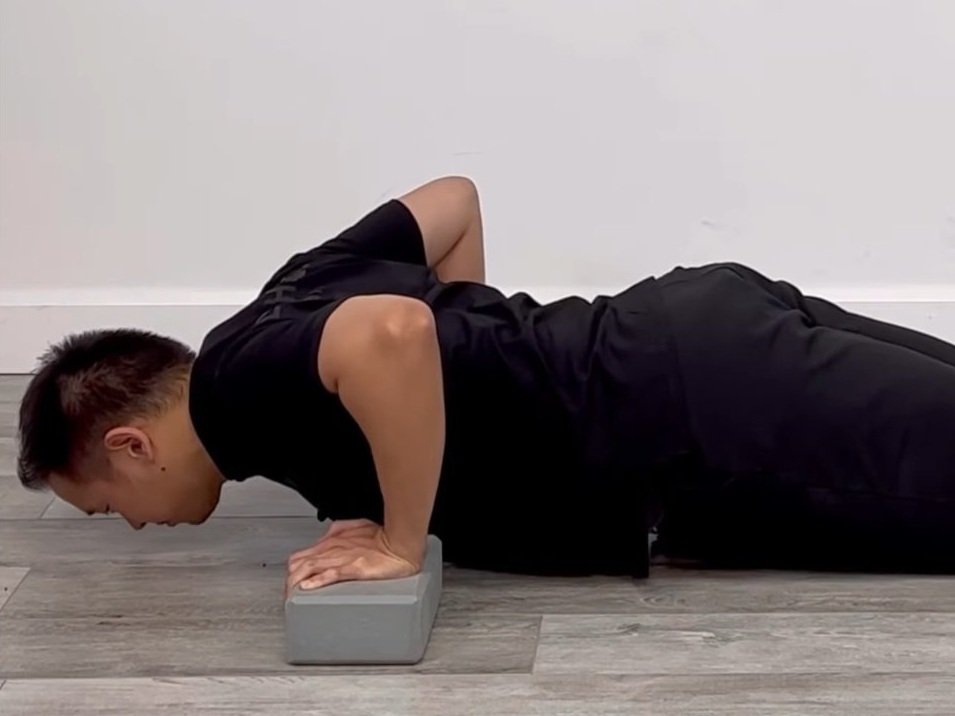Pec Strain Recovery
Chest strains and how they happen
Learn about this common bench press related injury.
What is a pec strain?
The pec refers to the pectoralis minor and pectoralis major which are two muscles of your chest. These muscles are responsible for horizontal adduction and internal rotation of the upper arm. Due to it’s function, they are the primary movers in exercises like the bench press, bodyweight dips, and push ups. A strain is a muscular injury that may occur with overload of the muscle fibers. A pec strain can be a repetitive strain injury or an acute strain injury from lifting an excessively heavy weight. Pec strains are graded from 1-3 depending on it’s severity. To learn more about muscle strains click here. Muscle strains may hurt as soon as you strain it, but typically feel worse the next morning or two days after the injury has taken place.
What does a strain pec feel like?
Pec strain symptoms can feel sharp or dull depending on the severity of the strain. Most of all it hurts whenever you contract the chest muscles. This is considered to be a hallmark sign of a muscle strain. Movements that may hurt while you have a pec strain include pushing a door open, stretching the arm out behind you, or throwing an object. Exercises that may reproduce chest pain include bench press, dumbbell press, chest fly / pec fly, push ups, and dips. Chest strains may be experienced in sports such as bodybuilding, powerlifting, CrossFit, or any throwing sport.
How long do pec strains take to heal?
Depending on the grade of the injury a chest strain can heal in as little as 2 to 3 weeks (grade 1 strains). Grade 2 strains can take 4 to 8 weeks to heal, and grade 3 strains will often require surgery and can take 6 months or longer to heal. Most pec strain injuries fall into the grade 1 or 2 category, with grade 3 strains resulting in almost complete loss of function. Grade 1 and 2 strains do not require surgery and can be rehabilitated using exercise.
How do you heal a pec strain?
Pec strain treatment usually includes physical therapy to maintain function during the recovery process, and manual therapy for symptom management and pain relief. Other forms of treatments for a pec strain that may help with the healing process include acupuncture, cold laser, electroacupuncture, and soft tissue scraping. Manual therapy techniques focused on myofascial release therapy can help to modulate pain levels and with blood circulation. Once tolerable, exercise rehabilitation focused first on isometric contractions is generally a good start for re-conditioning the muscle.
Did I tear or strain my pec?
Since they are the same thing, you likely did both! A strain and a muscle tear are the same thing and are synonymous in the medical world. That said, a muscle tear does not mean that there is a complete tear within the muscle belly (unless it is a grade 3 strain).
Can a pec strain heal on its own?
Most pec strains that do not require surgery will heal on their own. This is assuming that re-injury does not occur as this may lead to a repetitive strain or chronic strain injury. A grade 1 pec strain recovery time has a natural history of 2-3 weeks. Natural history is the average amount of time for an injury to recovery on it’s own without a treatment.
Should you stretch a pec strain?
The short answer is, no. With a pec strain there are microtears within the muscle, stretching these tears out will not only be painful but may also delay your recovery. Stretching is only recommended once the movements become pain free to restore range of motion.
Did I pull a muscle in my chest?
‘Pulling’ a muscle is the laymen term for straining or tearing a muscle. If you feel pain with activation of the muscle or stretching the muscle you may have strained your pecs. It is recommended to consult a health care practitioner for the diagnosis of a pec strain. Practitioners such as a physiotherapist or chiropractor are able to diagnose your injury. During your initial assessment your clinician will perform pec strain tests, orthopedic tests, and muscle tests to determine the cause of your chest pain.
How do I know if a chest pain is muscular?
Generally muscular based pain hurts with activation of the muscle involved. In this case, for a pectoralis major or pectoralis minor strain, pain may be reproduced when doing activities that require you to generate force in a pushing-type of movement. Muscular pain also does not cause numbness, tingling, or electric based pain. If other symptoms are experienced it is recommended to contact your health care team for the assessment of your chest pain.
Who usually gets a pec strain?
In athletes, pec strains often occur during periods of high volume and high fatigue. This typically occurs in sports such as powerlifting or bodybuilding where training volume and fatigue increases closer to the day of competition. For both of these sports, volume management will be important for injury prevention. Minimizing fatigue will likewise help to prevent injury from occurring. Factors such as sleep hygiene, hydration, electrolyte intake, and nutrition will be important for minimizing fatigue closer to competition day. Other factors such as stress, and lifestyle habits such as smoking or alcohol consumption will also play a role in accumulating fatigue and increasing recovery time required from exercise.
Pec strains may also occur in new recreational athletes that are deconditioned. This may occur as their muscles are not well adapted to tolerate new workloads causing excessive overload of their muscles. For example, this may occur in someone who starts to train in CrossFit five times a week with no previous exposure to weightlifting activities.
Exercises for pec strains
As previously mentioned, isometric exercises are generally a good start to rehabilitate the pectoralis minor and major. Exercises focused on either shoulder internal rotation or shoulder cross adduction will target the pec muscles. An example of a shoulder internal rotation exercise is the Internal Rotation Side Step & an example of a cross adduction exercise is the Plate Squeeze Front Press:
These exercises should be complete in a pain-free range of motion and exercise intensity. If pain is experienced, you may reduce the band resistance or weight, and/or shorten the range of motion. If pain is experienced despite regressing the exercises it is recommended to consult your physiotherapist or chiropractor for an individualized exercise program. To visit a Rehab Hero clinician you in Toronto or Markham click the button below:
Here is a home exercise program for a strained pec made by Toronto chiropractor Dr. David Song:
Written By:
Dr. David Song, Chiropractor, acupuncture provider, Rehab Coach

